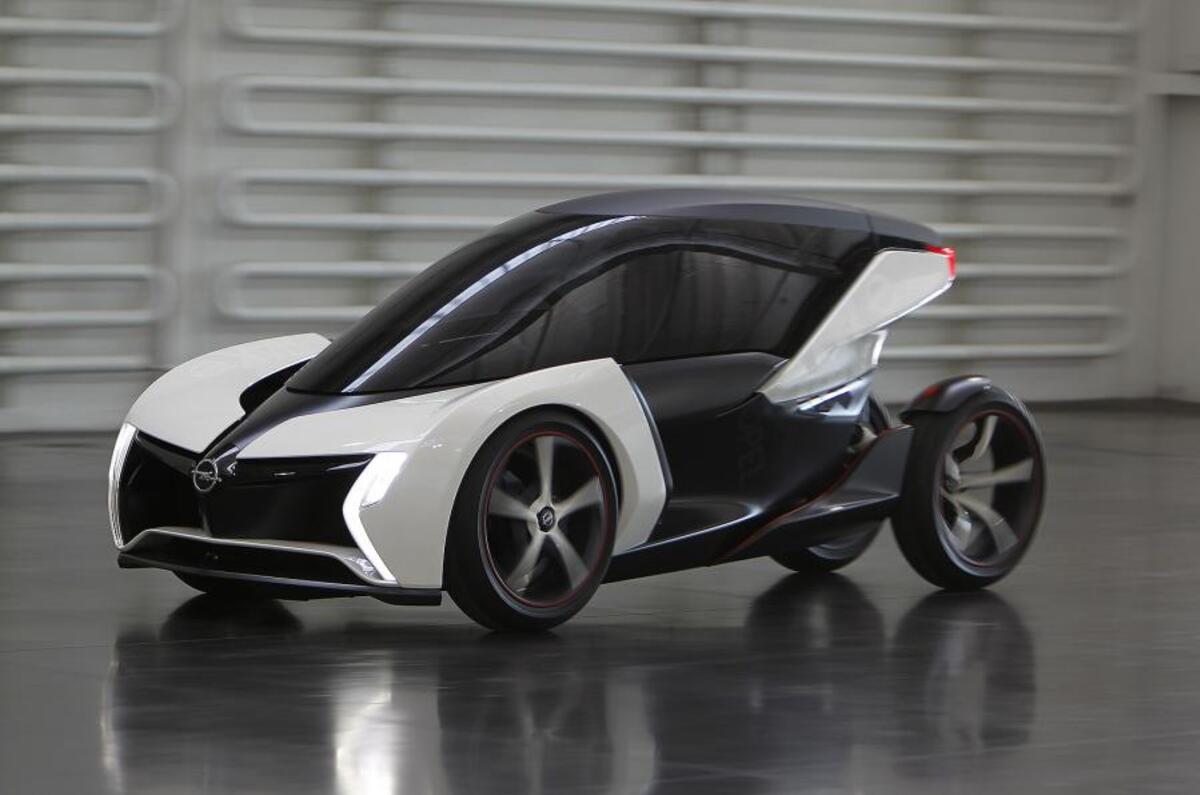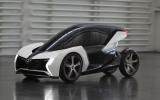The Opel RAK-e is a tandem two-seat commuter car concept, mildly motorised to give an idea of what it could be like to drive this intriguing mix of motor car, motorbike and jet-fighter.
Officially, this narrow-tracked, canopy-roofed, electric city car is an L7 category heavy quadricycle, which means that it can weigh up to 400kg, and offer up to 15 kilowatts of power. Its rear-mounted 49bhp motor can whirr it to 62mph in less than 13 seconds, and onto 75mph.
So modest is its energy consumption that it requires no more than a year’s worth of output from five square metres of solar panels harvesting energy beneath far-from-totally sunny German skies to propel it 6200 miles. In other words, it’s ultra-economical, costing under a pound to travel the 62 miles that also happens to be its nominal range, which is 10 percent of the cost of running a small hatchback.
Although quadricycle rules make no safety stipulations, GM has imposed its own, for side, rear and frontal impact, besides developing a Formula One-style occupant restraint system. A single motorcycle-style swing arm carries the rear wheels, whose transversely mounted rear disc and caliper brake the single speed gearbox’s output shaft, ingeniously saving weight. The front suspension is double wishbone.
Inside, the cockpit is fully enclosed, but like the Renault Twizy there’s no air conditioning, in-cabin cooling achieved by raising the canopy slightly, while seat heaters provide warmth. Instrumentation consists of a single screen providing a speedo, eco gauge and battery range indicator, supplemented by a smartphone that provides navigation and the means to control some functions remotely while the car is charging, such as the seat heaters.






















